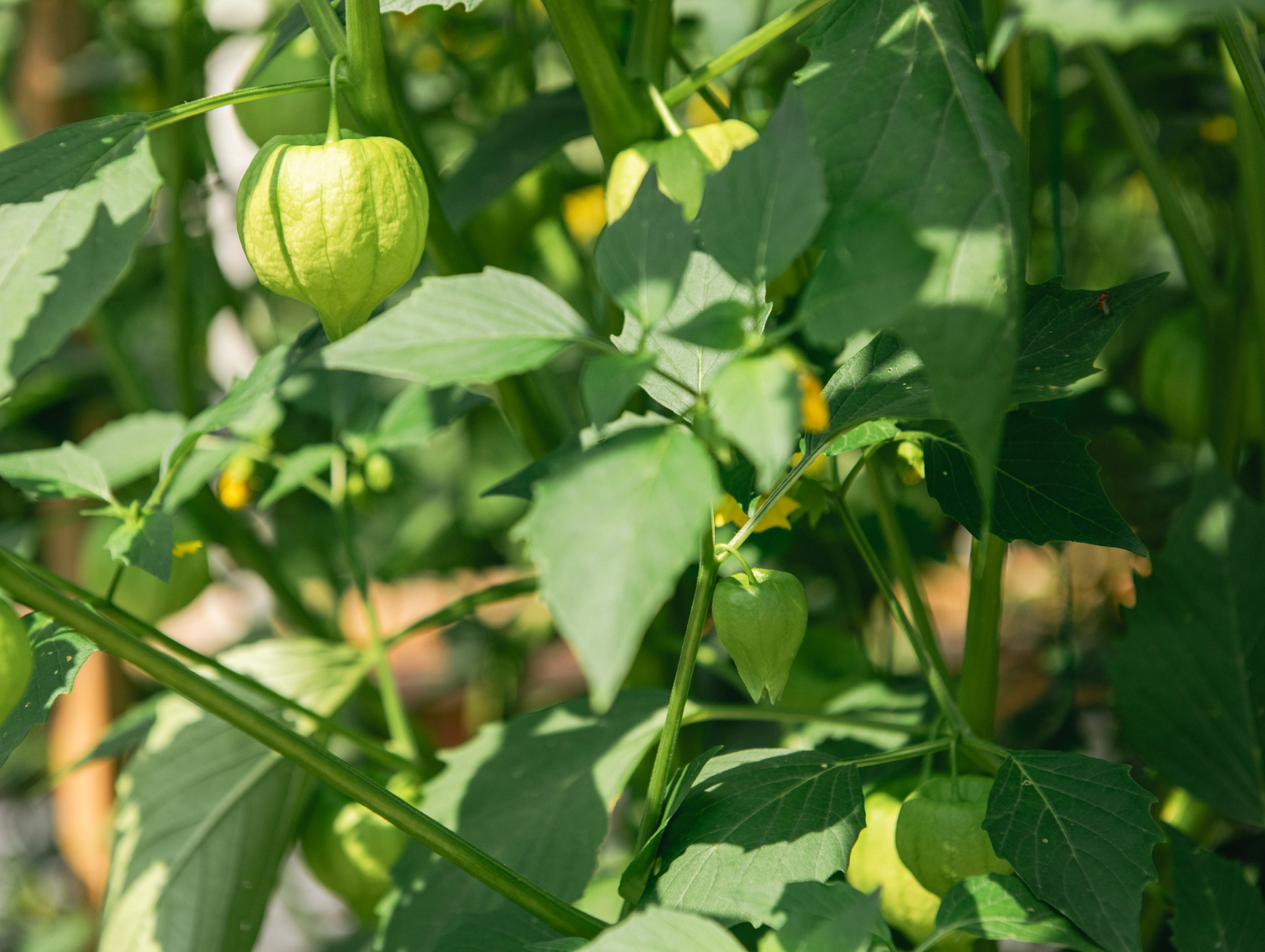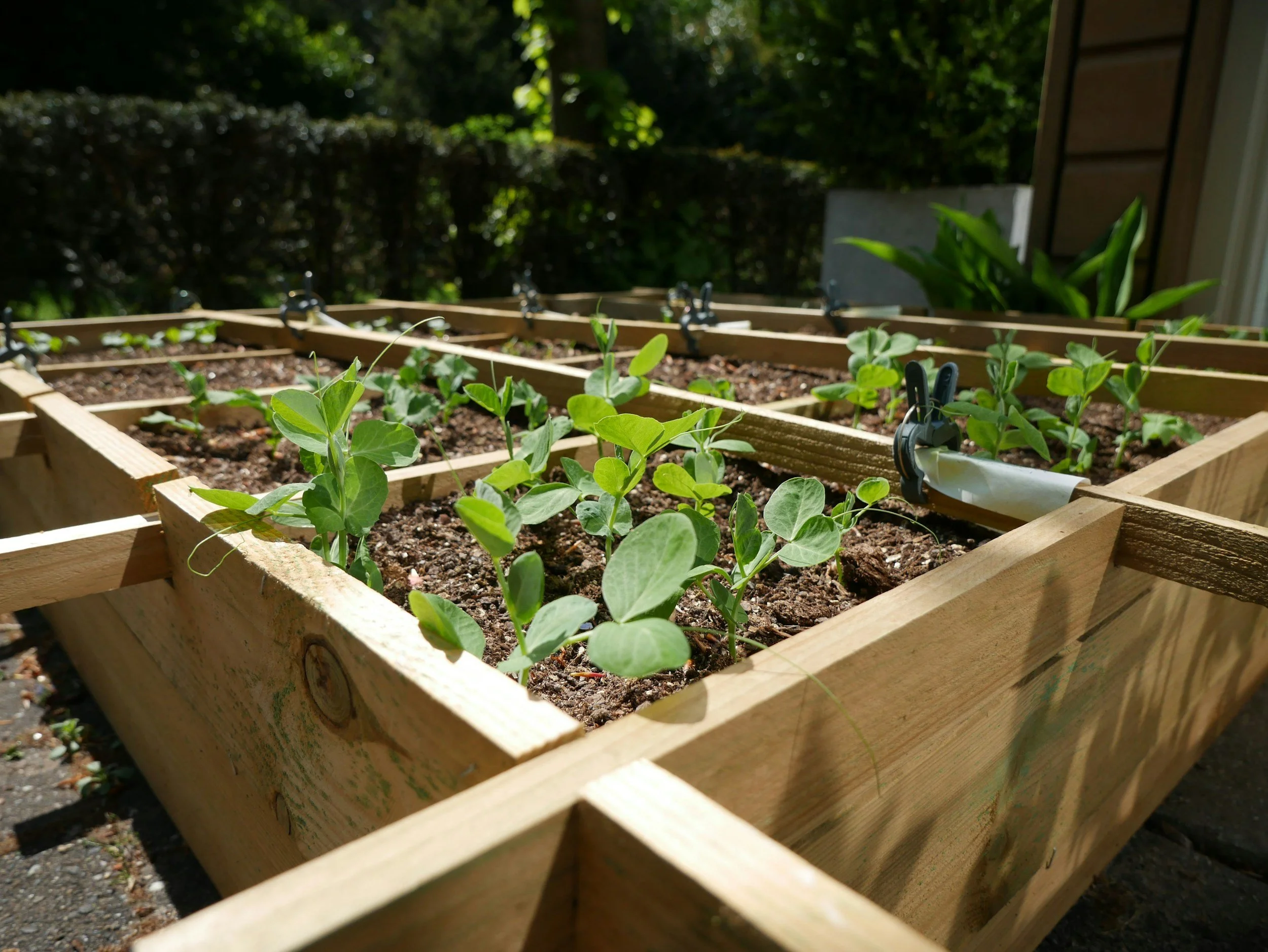
Square Foot Gardening.
Intensive planting maximizes space for high yields in a small area.
In gardening, there are a lot of techniques and methods — the square foot method is just one of them. So what is it?
Square foot gardening is the practice of dividing a growing area into 1ft x 1ft growing areas and planting a certain number of plants within that 1ft x 1ft area.
A “true” square foot garden, these 1 ft x 1 ft sections would be defined by an actual grid (like the image shown) but most of us that practice this technique don’t get that serious about it. But hey, if you feel like that’s what’s right for you, go for it!
What’s planted within the 1ft x 1ft area within the whole garden area to be planted is determined by the mature size of the plant of the crop.
What is square foot gardening?
A little history for those interested…
The Square Foot Gardening method was developed in the early 1980s by civil engineer, Mel Bartholomew, who believed there had to be a simpler, more productive way to garden.
Frustrated by the wasted space and effort in traditional row gardening, he created a system that divided garden beds into 1-foot squares, making it easy to plan, plant, and maintain—even in small spaces.
The method quickly gained popularity for its low-maintenance, water-saving, and space-efficient approach, empowering gardeners of all ages and abilities to grow more with less.
What are the BENEFITS of Square Foot Gardening?
Maximum Yields in Minimal Space
Plants are grown in a grid (usually 4x4 feet bed), allowing you to grow more in less space.
Low Maintenance
Smaller planting areas are easier to manage & keep contained
Fewer Weeds
Sense planting helps shade out weeds
Easy to Plan & Rotate Crops
1-ft grid makes crop rotation and companion planting super straightforward.
Limited Space for Large or Vining Plants
Sprawling plants like squash often outgrow their 1-square-foot space quickly but with careful planning (like vertical trellising) this turns into a benefit.
Grid Can Feel Restrictive
Some gardeners find the strict grid layout limiting or unnatural, especially those who prefer a more organic, free-form planting style.
If you’re more intuitive or artistic in your garden approach, you can utilize the intensive planting technique and ditch the grid method.
Potential Inconsistent Water Needs
As plants mature at different times, and succession planting has different needs at different times, watering needs will most likely vary within the garden bed.
What are the DRAWBACKS of Square Foot Gardening?
Whether the Square Foot Gardening Method is right for you or not, we are here to help!
Visit our gardens at Riverside Park to see different gardening methods and techniques in action!
Not only are we growing food for the community, we serve as a place to learn, grow and inspire.



